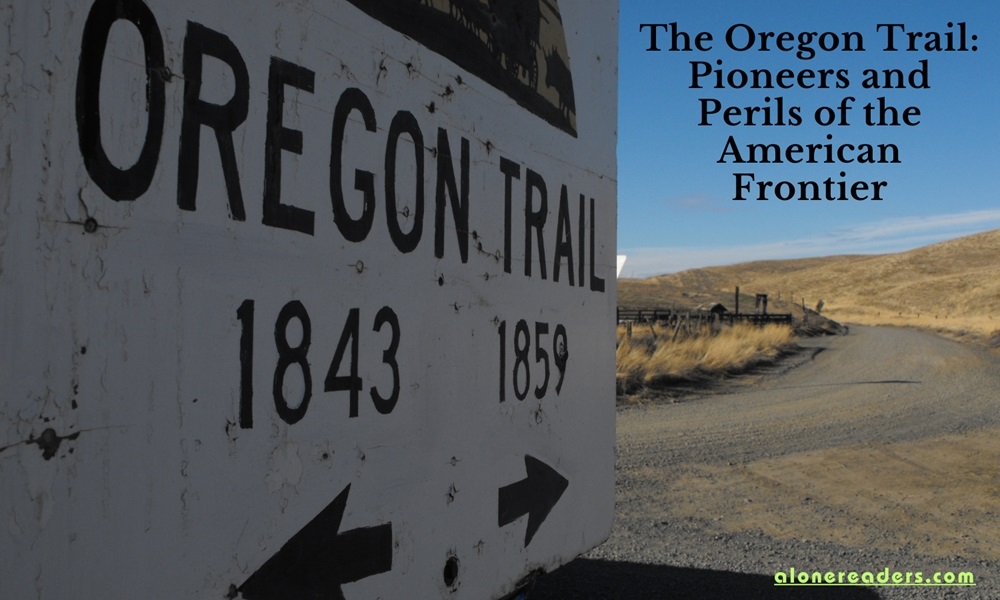
The Oregon Trail stands as a monumental chapter in the history of the United States, symbolizing the rugged determination and adventurous spirit of 19th-century pioneers. This 2,170-mile route, stretching from Missouri to Oregon, was more than a path; it was a journey into the unknown, promising hope and harboring peril.
Dreams of Prosperity and Escape
In the early 1800s, the promise of fertile land and a fresh start in the Pacific Northwest lured thousands from their homes in the eastern United States. It was a time of manifest destiny, a belief that the expansion of the U.S. across the American continents was both justified and inevitable. Families, farmers, and fortune-seekers all shared the common goal of a better life.
The Trail's Origins and Routes
The Oregon Trail evolved from fur trade routes, Native American trails, and exploration expeditions. Key figures like Lewis and Clark and mountain man Jedediah Smith played roles in mapping parts of the trail. It wove through territories that are now Kansas, Nebraska, Wyoming, Idaho, and Oregon.
Preparations and Pitfalls
Preparing for the trek meant making crucial decisions about supplies, wagons, and livestock. The classic Conestoga wagon, often romanticized in popular culture, was actually less common than smaller, lighter prairie schooners. Oxen were preferred over horses for their strength and endurance.
Daily Life on the Trail
Life on the trail was arduous. Days began before dawn, filled with long, slow travel, and often ended with chores like cooking, animal care, and setting up camp. The journey was fraught with dangers such as disease, severe weather, and accidents. Cholera and dysentery were rampant, and river crossings were treacherous.
A Complex Relationship
Pioneers' interactions with Native American tribes varied greatly. Some tribes offered assistance in navigation and survival, while others viewed the settlers as invaders. Misunderstandings and conflicts did occur, but many stories of cooperation and mutual respect also emerged from this era.
Notable Stops Along the Way
Landmarks like Chimney Rock, Fort Laramie, and the Dalles were crucial waypoints for rest, resupply, and navigation. The trail wasn't linear; cutoffs and alternate routes, like the perilous Hastings Cutoff, could mean the difference between life and death.
Tragedies and Triumphs
The Donner Party's tragic fate is perhaps the most notorious event associated with the Oregon Trail. Their disastrous decision to take the Hastings Cutoff led to one of the most harrowing survival stories of the American West.
Arriving in Oregon
Those who persevered reached Oregon's Willamette Valley, a promised land of fertile soil and lush landscapes. Here, they established farms, communities, and a new life, significantly contributing to the expansion and development of the United States.
The Oregon Trail Today
Today, the Oregon Trail is celebrated as a symbol of American resilience and pioneering spirit. Museums, historic sites, and parts of the original trail offer educational and memorial experiences, allowing modern visitors to connect with this pivotal era in American history.
The Oregon Trail was more than a pathway to a new frontier; it was a journey that tested the limits of human endurance and ingenuity. The pioneers' tales of hardship, hope, and heroism continue to inspire and teach us about the resilience and adventurous spirit that define the American character.